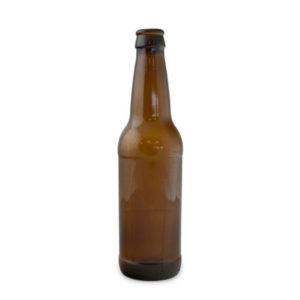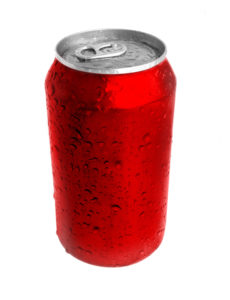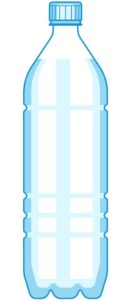


You’re thirsty and want to buy a soda, knowing that you will recycle the container once done. Glass bottle, aluminum can, or plastic bottle: After being recycled, which container has the best chance of showing up as a new bottle or can?
According to a recent analysis, Recycling Unpacked: Assessing the Circular Potential of Beverage Containers in the United States, in the current U.S. system, more than 80 percent of beverage cans collected for recycling are recovered and turned back into new beverage containers, compared with 59 percent of glass bottles and only 13 percent of plastic PET (#1) bottles.
Both aluminum and glass can be endlessly recycled without losing quality, while plastic and paper lose their integrity after about seven go-rounds. While making a new item from any of these recycled materials requires less virgin feedstock, water and energy, aluminum sees the most energy savings by far (95%). With the goal of a truly circular economy (can back to can, bottle back to bottle), cans are the easiest to turn back into more cans. Recycled glass is also used as landfill cover and in aggregate mix for road construction. Common items made from recycled plastic bottles are clothing and carpet.
Some communities have stopped recycling glass because of the cost of transport. Two college students in New Orleans came up with a great local reuse solution that helps with coastal restoration and more.
